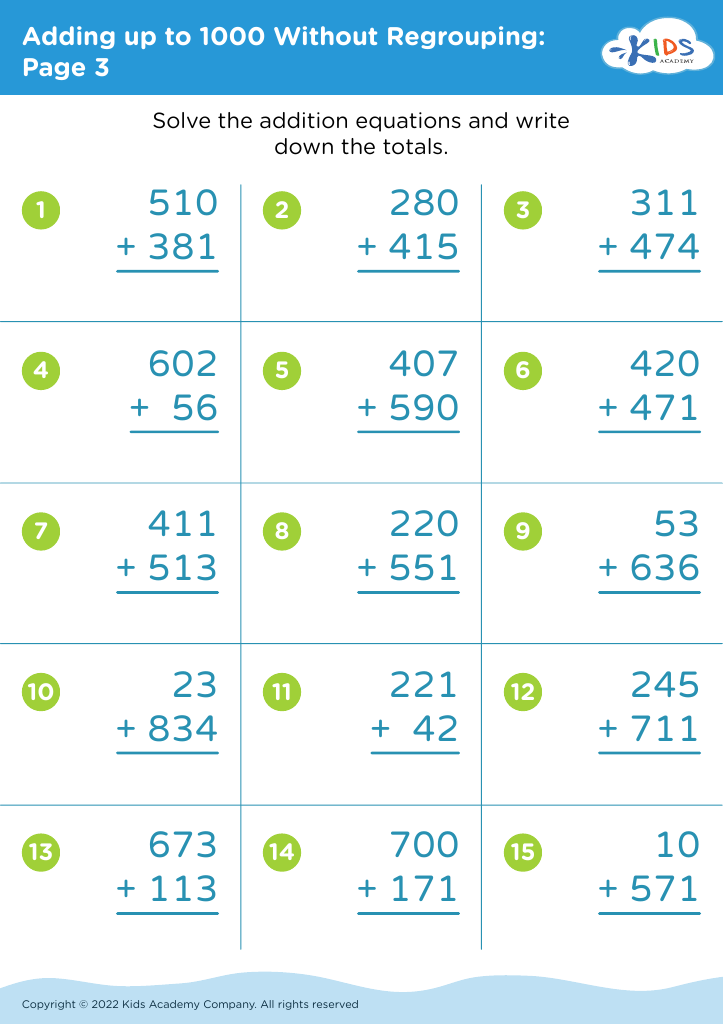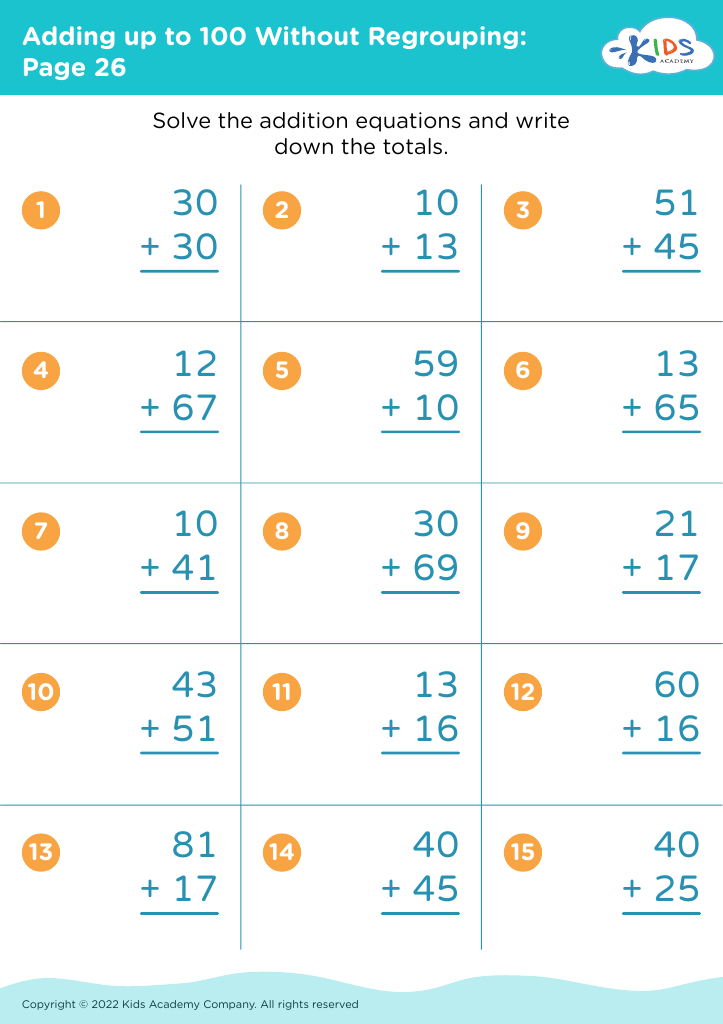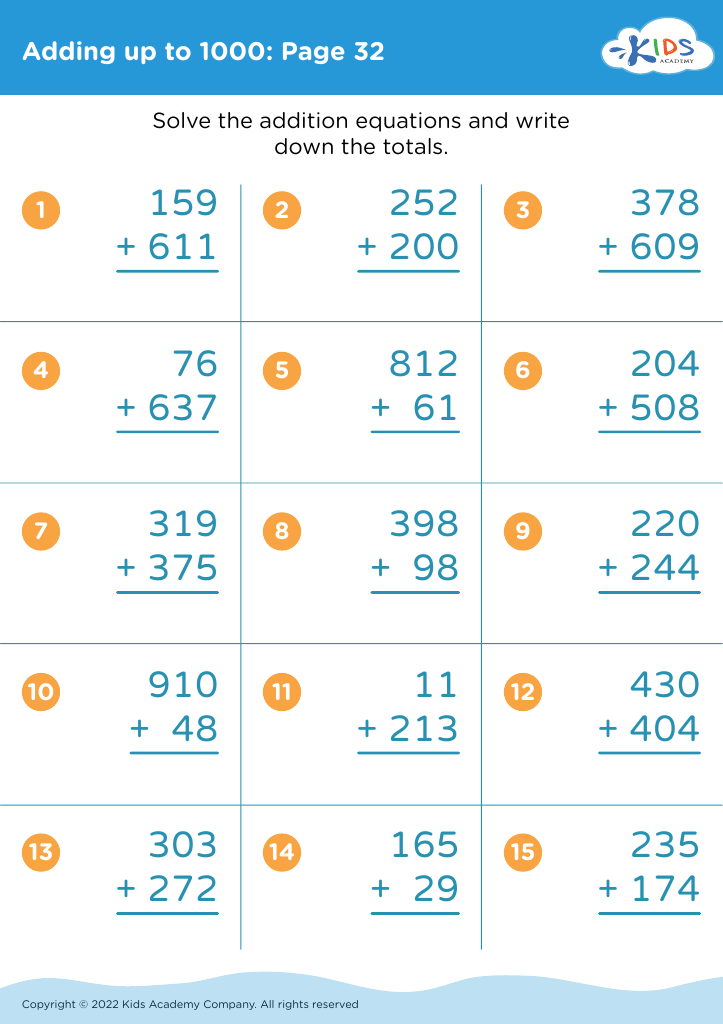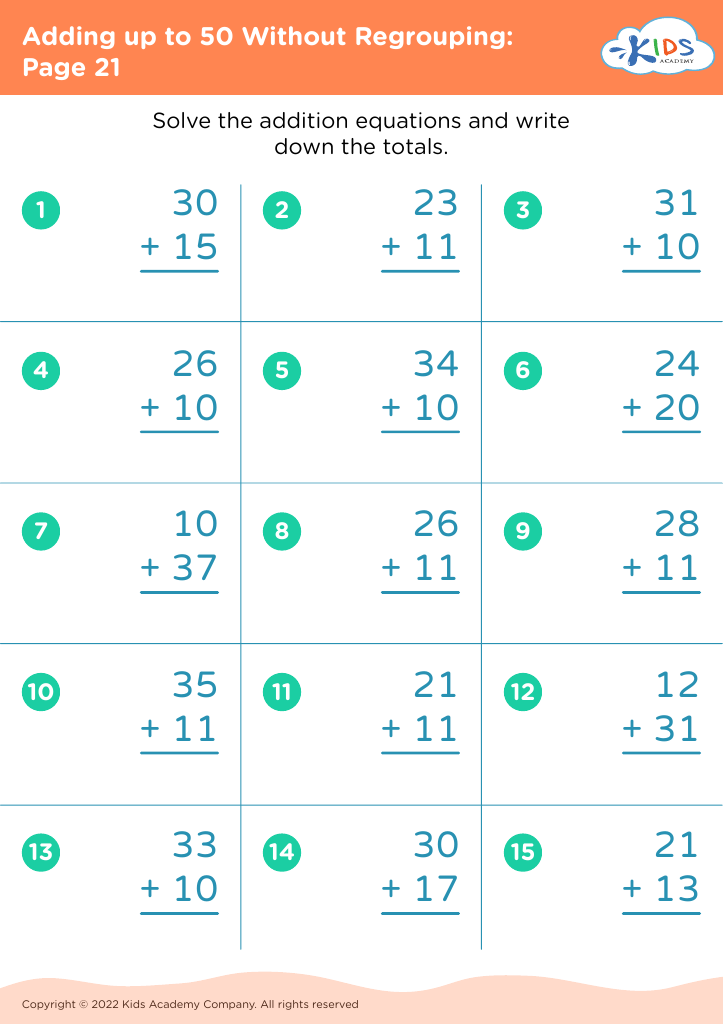Recognize shapes Worksheets for Ages 7-8
8 filtered results
-
From - To
Nurture budding math skills with our "Recognize Shapes Worksheets for Ages 7-8." These engaging activities are designed to help your child master geometric concepts through fun and interactive exercises. Each worksheet focuses on identifying and differentiating between various shapes, enhancing cognitive abilities and spatial understanding. Perfect for both classroom and home learning, these resources make shape recognition a delightful adventure. Equip your child with the essential skills needed for math success, while also enjoying coloring, cutting, and matching activities that make learning a joyful experience. Transform shape learning into a fun exploration journey!
Recognizing shapes is a foundational skill for children ages 7-8 that influences various aspects of their development, making it crucial for parents and teachers to care about this skill. At this age, children are beginning to understand more complex concepts in both math and spatial reasoning. Proficiency in shape recognition supports the development of geometry skills, such as understanding the properties and relationships of shapes, which is essential for future success in math.
Moreover, recognizing shapes enhances problem-solving skills. When children identify and classify shapes, they learn to notice patterns and organize information, which transfers to other academic subjects and everyday problem-solving scenarios. For example, recognizing shapes assists in understanding maps and diagrams in social studies and science.
Additionally, shape recognition fosters cognitive development. Differentiating between various shapes sharpens visual perception and memory, and helps in mastering more advanced math concepts like symmetry and fractions. It also aids in improving fine motor skills; activities involving drawing shapes and creating patterns enhance coordination and dexterity.
Parent and teacher involvement in developing this skill can be both educational and engaging. Games, puzzles, and interactive activities make learning about shapes enjoyable, ensuring that the child develops a solid understanding through play and exploration. Caring about shape recognition thus lays a strong foundation for a child’s future academic achievements and daily life skills.













.jpg)












